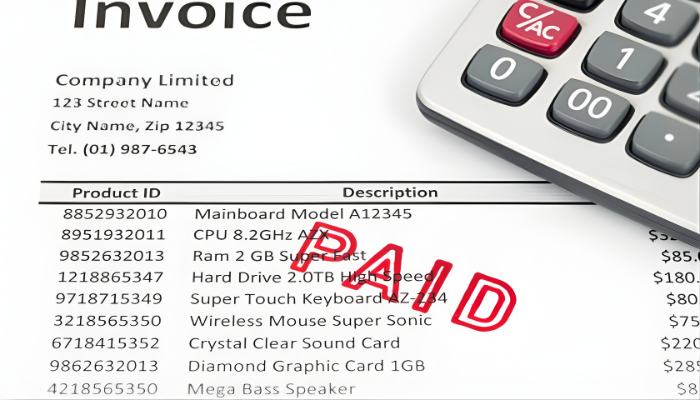
Taking on unnecessary debt is one of the fastest ways a small business can run into trouble, but not all debt is harmful. When used with purpose, borrowing money can be a smart move that helps you expand, invest in infrastructure, or stock up ahead of growth. With the right funding in place, you’re not just staying afloat, you’re gaining traction.
The trick is knowing when to borrow, how much you really need, and what to do with it once you have it. Learn more about borrowing money for your small business and explore straightforward ways to expand, hire, and grow with clarity and confidence.

When Is the Right Time to Borrow Money?
Before you urgently need it.
It may seem counterintuitive, but the best time to seek funding is when things are going well, not when you're scrambling. If a major expense pops up and you haven’t already secured financing, the delay in approval could cost you valuable time or opportunity.
Small business financing options, like a line of credit, can be helpful to have in place even when you don’t need them. They offer quick access to capital when something unexpected comes up or when you’re ready to act on a new opportunity.
Another ideal time to borrow is when you’re doing well and preparing to grow. Whether it’s hiring your first employee, moving into a bigger space, or expanding your product line, borrowing can give you the working capital you need to make it happen, so long as you’ve run the numbers and have a solid plan.
A proactive approach, like establishing a line of credit or securing working capital ahead of a planned expansion, can give you breathing room and better terms. The U.S. Small Business Administration also recommends preparing a strong business case, accurate financials, and future forecasts before applying, especially if you’re looking to increase funding for growth. Taking these steps early can improve your chances of approval and help ensure your funding supports long-term stability.
Strategic moments to consider borrowing:
- You’re preparing to scale operations
- You’ve identified a time-sensitive growth opportunity
- You want to invest in marketing, staff, or infrastructure to increase revenue
Just make sure you’ve reviewed your profit margins and cash flow projections. A good opportunity can quickly become a burden if the repayment terms don’t align with your income.

What is the Borrowing Process Like?
The borrowing process will vary depending on the type of financing you pursue, but documentation, credibility, and clarity are essential across the board.
Traditional business loans
These often require:
- A formal loan application
- Business financial statements
- A strong personal and/or business credit history
- Collateral or personal guarantees
While they can offer lower rates, traditional loans may take weeks to approve and fund. That delay can be a dealbreaker when timing is critical.
Alternative financing options
If you’re looking for speed or don’t qualify for a traditional loan, consider options like:
- Invoice factoring – Sell your unpaid invoices to a factoring company and receive an advance, typically within 24–48 hours.
- Merchant cash advances – Receive a lump sum in exchange for a percentage of future sales.
- Asset-based lending – Use assets like inventory, equipment, or contracts to secure flexible financing.
These options may carry higher fees or shorter terms but can provide faster access to funds, especially useful when seizing time-sensitive opportunities.
If you're considering using unconventional assets to unlock capital, explore these creative collateral ideas for inspiration and practical guidance.

How to Borrow Smart
Borrowing isn't just about getting money; it’s about using capital as a strategic tool to strengthen your business, not strain it.
Tips for smart borrowing:
- Only borrow what you can repay — Look at your revenue and expenses before committing.
- Have a clear use for the funds — Vague goals lead to inefficient spending.
- Track ROI — Whether it’s marketing, inventory, or staffing, know how the borrowed funds will generate returns.
- Keep documentation tight — Lenders and investors want to see you’re organized and forward-thinking.

3 Common Mistakes to Avoid
Avoiding unnecessary debt starts with planning, and research shows that businesses with a clear plan and strong financials are more likely to secure favorable terms. Here are a few pitfalls that can lead to trouble:
- Waiting too long to apply – Applying for financing during a downturn can limit your options.
- Borrowing without a plan – If you don’t know exactly how the funds will be used and repaid, slow down.
- Overestimating ROI – Optimism is great, but back it up with solid projections and real numbers.
Borrowing can accelerate your growth, but only if it’s backed by a structured approach and financial discipline. Whether you're considering a bank loan or exploring flexible alternatives like invoice factoring or asset-based lending, the best path forward starts with understanding your options and aligning them with your long-term goals.
Have questions or want to talk through your options? Connect with us, we’re here to help.
*Originally published June 11, 2013 · Updated for clarity, accuracy, and relevance in July 2025














